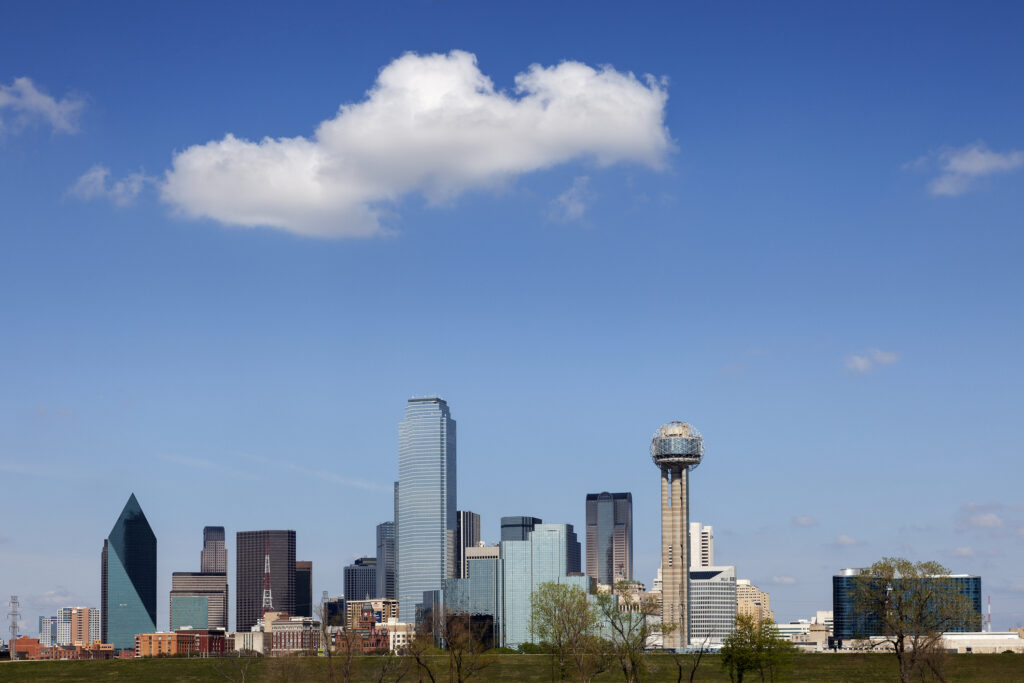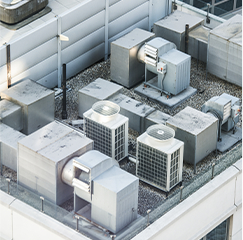Cooling towers and heat exchangers are some of the most vital systems for any commercial unit’s efficient operations in Dallas. The question is frequently asked, “Are these two systems the same?” While they do perform similar functions, the answer requires some explanation. Let’s break it down.
What is a Cooling Tower?
Cooling towers are mechanisms that aid in water cooling, typically used for industrial processes. As warm water enters the tower, it encounters a “fill” material where the air flows; during this contact, the flowing air helps to carry the heat from the water out of the tower via evaporation. The water that’s been cooled down now flows back to its original source to fulfill its purpose, which is usually to cool down industrial machinery.
Types of Cooling Towers
There are several types of cooling towers, and deciding which is best for your facility will depend on your specific layout and requirements. Such types include:
- Counterflow cooling towers: Air and water both flow vertically. Air enters from below while water falls and contacts it to be cooled down.
- Crossflow cooling towers: In crossflow cooling towers, the air enters and flows horizontally while the water enters and flows downward vertically to transfer heat.
- Induced draft towers: These towers utilize fans or blowers located on top of the system to send air through the fill material.
- Forced draft towers: Air is pushed from blowers at the tower’s base.
- Factory-assembled towers: Also known as packaged units, these towers are constructed in sections and shipped to the facility for final assembly. Smaller units typically ship finished, with larger ones arriving in sections ready for final assembly; these towers can be either crossflow or counterflow
- Field-erected towers: Like field-erected towers, these can be crossflow or counterflow and will be made to fit your facility’s exact specifications and needs for powerful, heavy-duty machinery.
What is a Heat Exchanger?
A heat exchanger works to either heat or cool equipment via their specific heating or cooling source. They transfer heat from that source — typically a gas or liquid — to a liquid, which is then used to aid the operation of the facility’s equipment. Heat exchangers offer precise temperature control for efficient operations.
What Is the Difference Between a Heat Exchanger & a Cooling Tower?
Heat exchangers and cooling towers accomplish similar goals; their difference mainly lies in how they do it. While cooling towers are a type of heat exchanger, not all heat exchangers are cooling towers. Heat exchangers are also more versatile since they can be used for either heating or cooling purposes while cooling towers are specifically used to cool down a water source.
Choose MHC for All Your Commercial HVAC Needs
Since 1976, MHC Air Services has been your leading heating, cooling, and commercial HVAC services provider in Dallas, TX, and its surrounding areas. As a family-owned and -operated business, your facility will receive the familial touch while benefiting from our NATE-certified technicians to help you prosper.
Curious to learn more about which cooling tower or heat exchanger is right for you? Get in touch with the professionals at MHC Air Services by calling 972-279-3400 for expert commercial HVAC services in Dallas, TX, or nearby areas.


